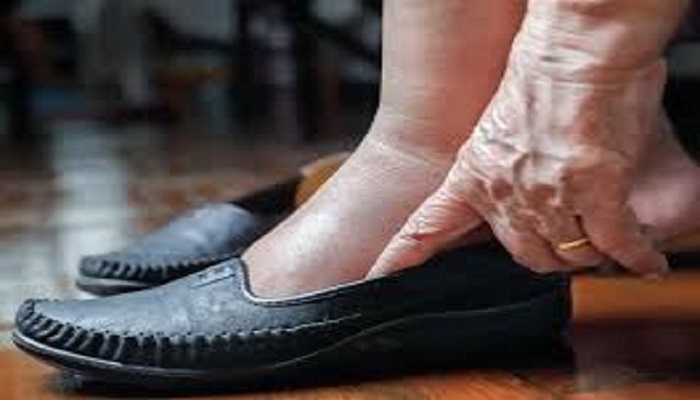If you are a diabetic, then it is important to take steps to prevent toe amputations. This may seem like a drastic measure, but it is necessary to protect your health. In this blog post, we will discuss the steps that you can take to prevent toe amputations. We will also talk about the symptoms of diabetic foot ulcers, which can lead to amputation if left untreated.
What Are Diabetic Toe Amputations?
Diabetic toe amputations are the result of decreased blood flow to the toes and feet. If left untreated, this can lead to gangrene, which is when tissue begins to die due to a lack of oxygen. As a result, doctors may have no other choice but to amputate the affected toe or foot to save the patient’s life.
Steps to Prevent Diabetic Toe Amputations
Diabetes is a serious health condition that can affect every part of the body, including the feet. One of the most debilitating effects of diabetes is toe amputation. Fortunately, there are steps you can take to prevent this from happening. Let’s discuss how to avoid diabetic toe amputations and keep your feet healthy.
Check Your Feet Regularly
The most important thing you can do to prevent diabetic toe amputations is to check your feet regularly for any cuts, sores, blisters, or ulcers. These should be addressed immediately before they worsen and become infected. It’s also important to wear shoes that fit properly and provide good support for your feet as ill-fitting shoes can cause irritation and even ulceration in some cases.
Keep Your Blood Sugar Under Control
Another key factor in preventing diabetic toe amputations is keeping your blood sugar under control. High blood sugar levels over an extended period can reduce the blood flow to your extremities, making it difficult for injuries or infections to heal properly and increasing the risk of complications such as gangrene or sepsis which may require amputation. It’s important to eat a healthy diet and take any medications prescribed by your doctor as well as exercise regularly to maintain good glycemic control.
Use of Diabetic Shoes and Toe Fillers
When it comes to preventing diabetic toe amputations, the use of specialized diabetes shoes and toe fillers is also an effective strategy. Diabetes shoes are designed with extra cushioning and support, making them ideal for people with poor circulation in their feet. Toe fillers such as gel or foam inserts can also be used to prevent cuts and sores from forming on your toes.
For those living with diabetes, finding the right shoe can be a challenge. The added pressures on their feet and ankles can contribute to painful symptoms and quicken the onset of complications related to circulation or diabetic neuropathy. Anodyne understands this better than anyone, which is why they developed a line of shoes that provide the most optimal balance of comfort, cushioning, and protection possible. Their diabetic shoes are specifically designed to help reduce swelling while providing extra support at vulnerable pressure points. Further, they offer toe fillers that can help regulate your body temperature, unlike conventional foam sole inserts. With Anodyne’s top-notch designs and patented innovations, sufferers of diabetes can enjoy comfortable footwear free from worry about potential damage to their feet or ankles. It’s clear why so many turn to Anodyne for their diabetic shoe needs; Anodyne provides the best footwear available today for believers of all ages.
Visit Your Doctor Regularly
Finally, it’s important to visit your doctor regularly so they can monitor your health and catch any developing issues early on before they become more serious. If you experience any changes in sensation or have any other concerns about your feet, be sure to let them know so they can assess the situation accordingly. If left untreated, small issues such as corns or calluses may develop into something more serious like an infection which could lead to amputation if not treated promptly enough.
Conclusion
Diabetic toe amputations can be devastating, but they are also preventable. By checking your feet regularly and keeping your blood sugar under control, you can reduce the risk of such a serious complication from occurring. Additionally, wearing appropriate diabetes shoes and using toe fillers may help keep your feet healthy by providing extra cushioning and support. Finally, regular visits to your doctor can help catch any developing issues before they become worse. Taking these proactive steps can help you remain healthy and active for years to come.



